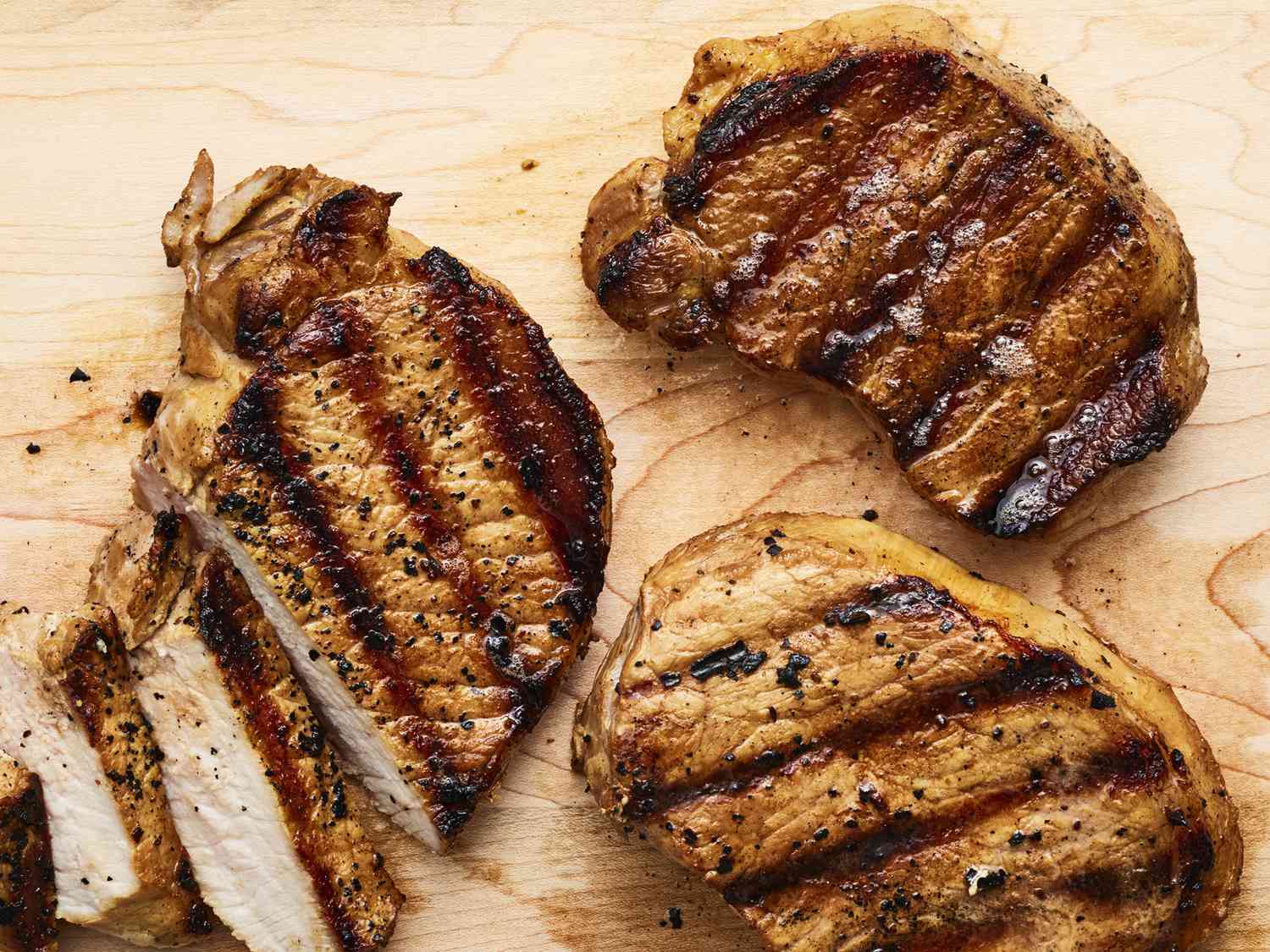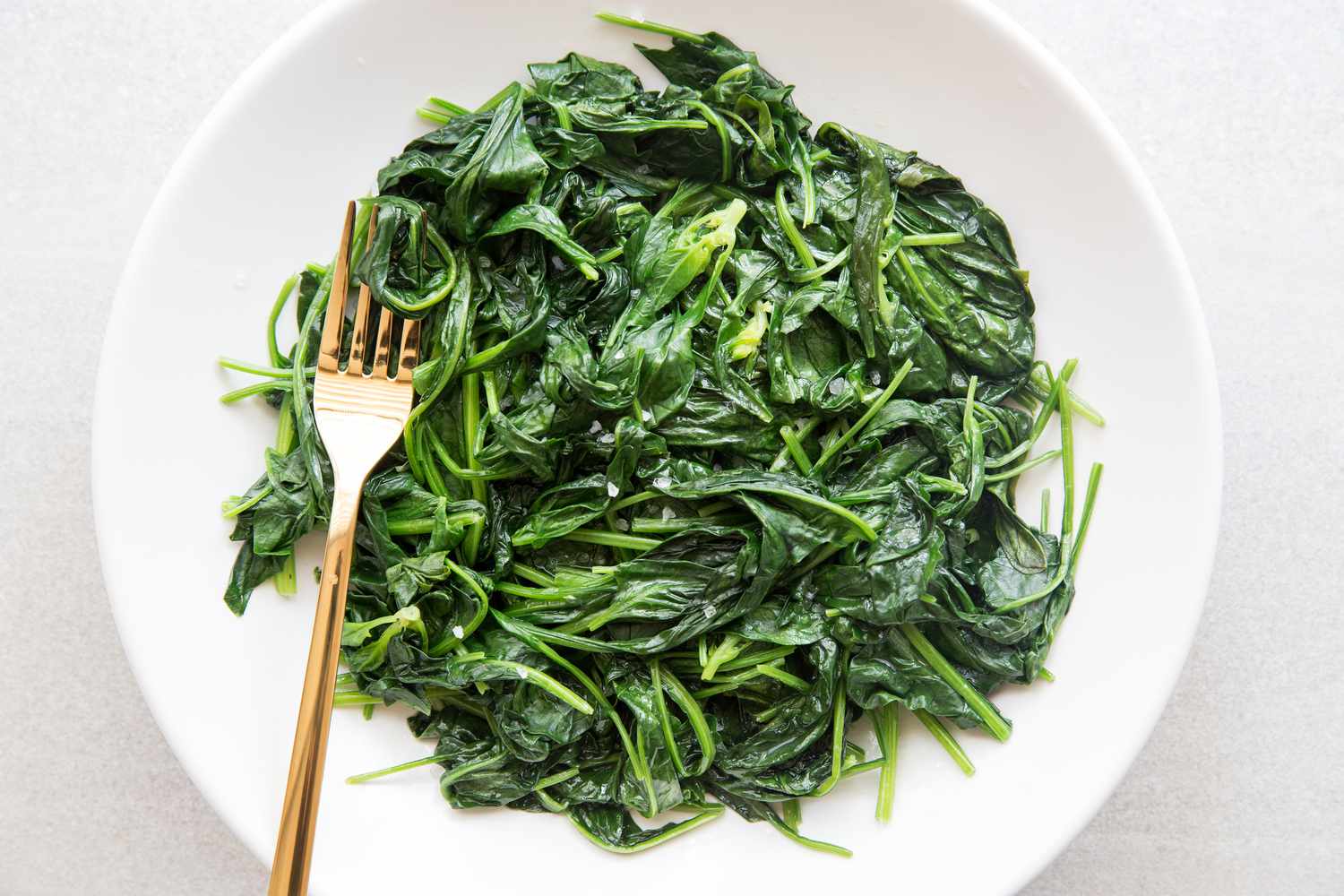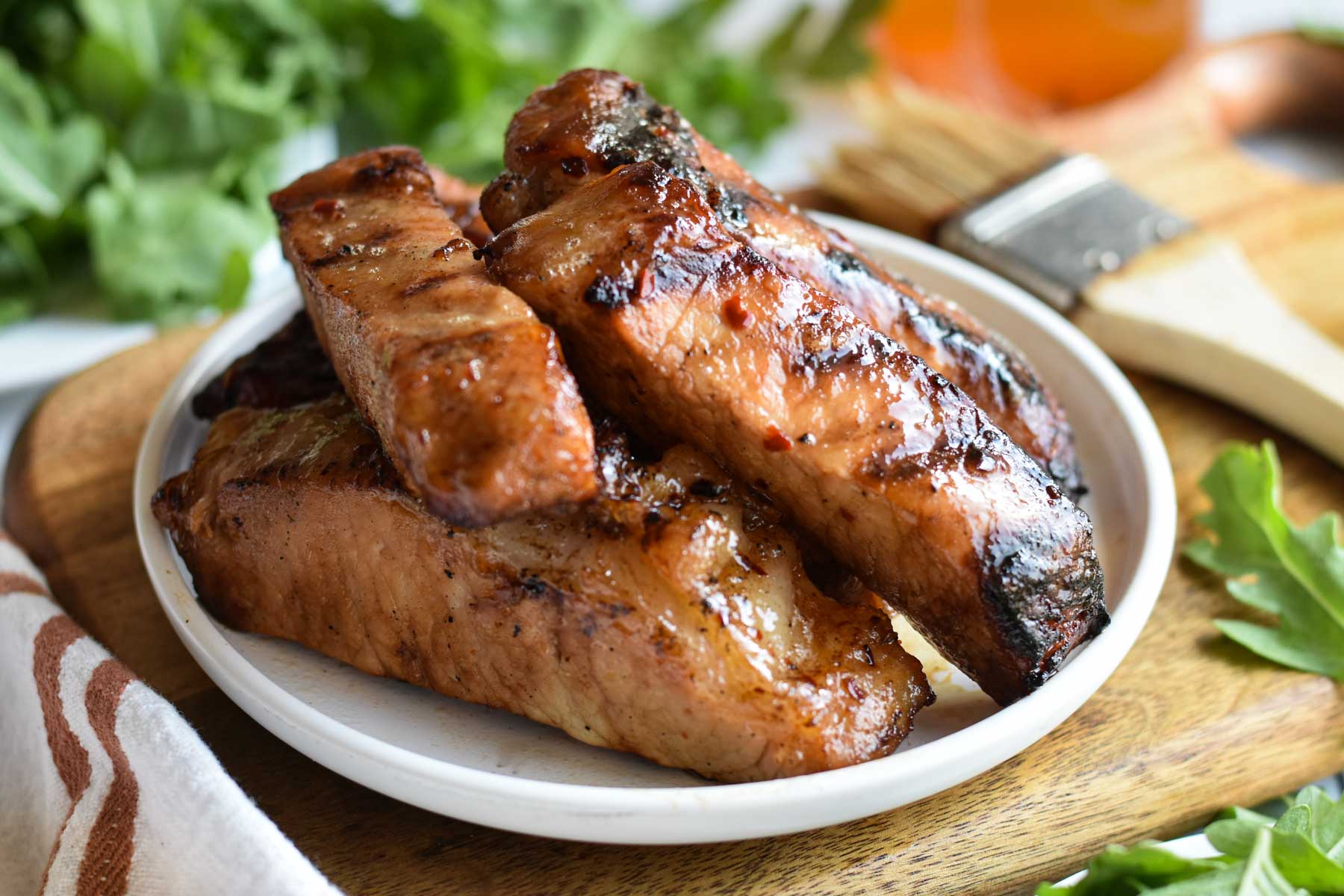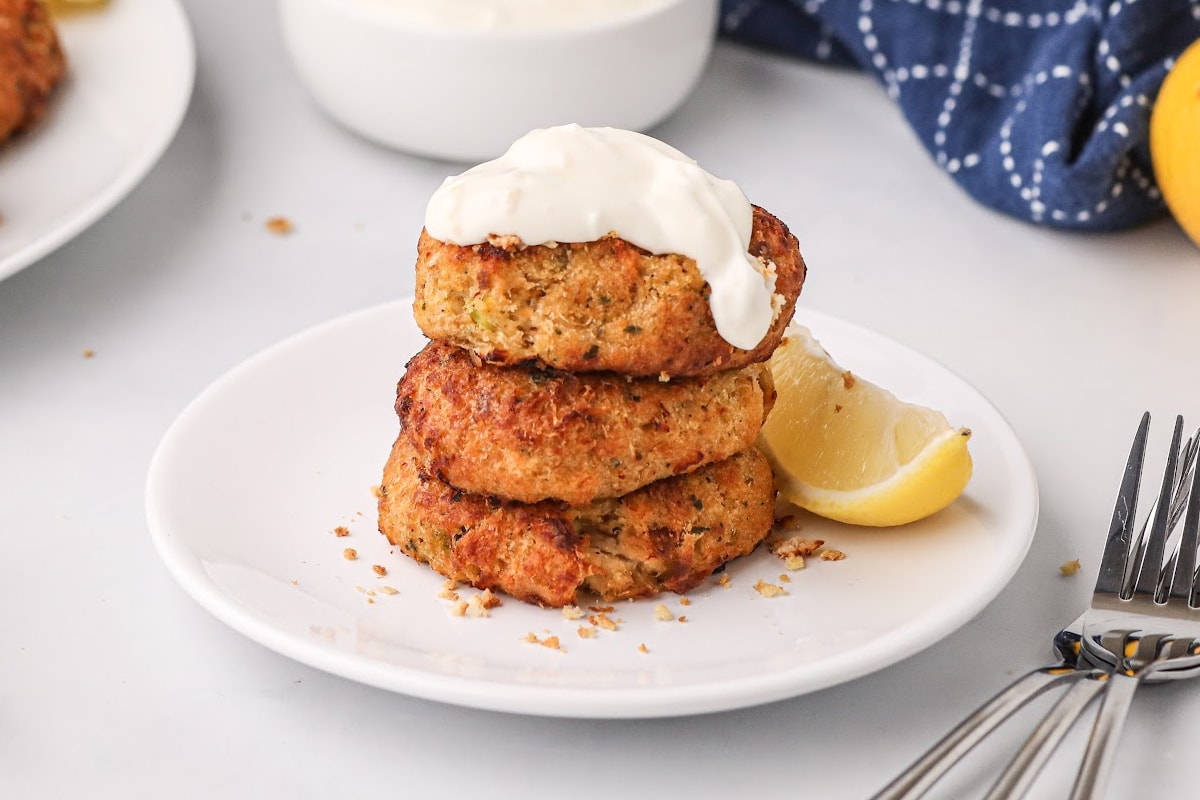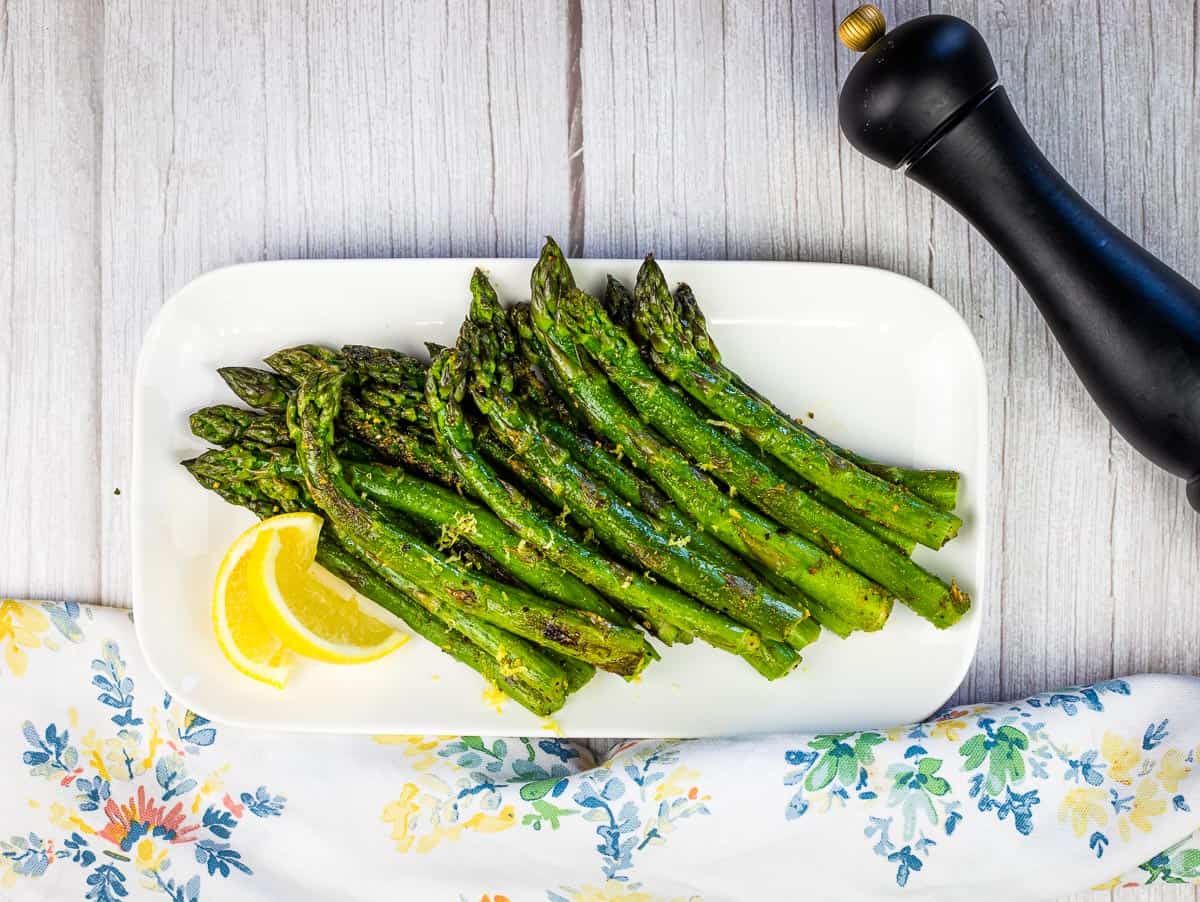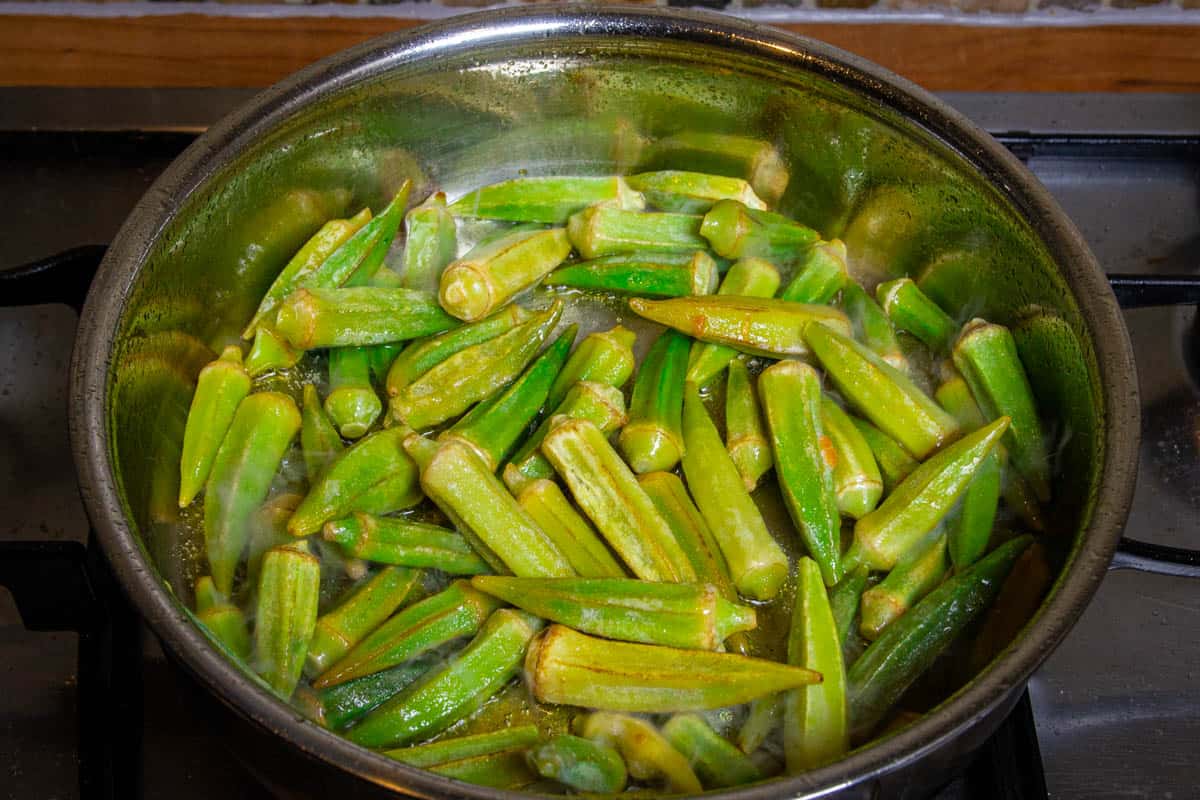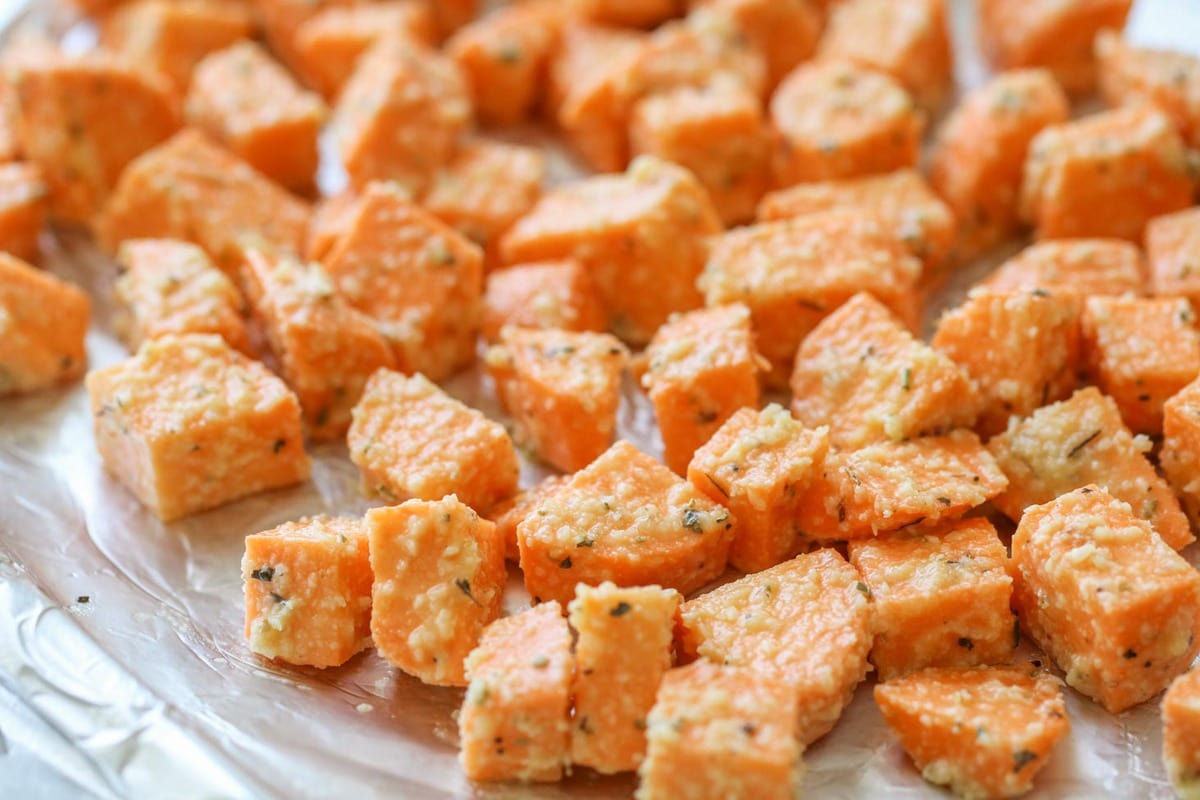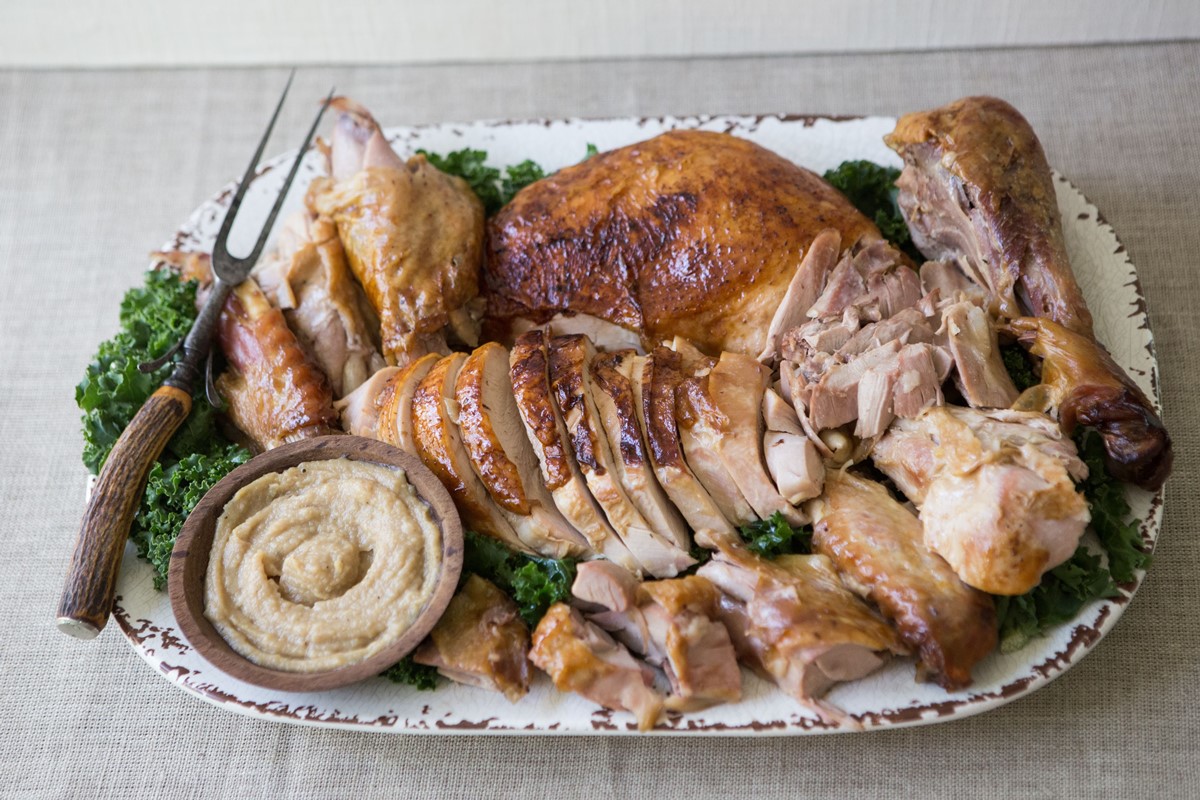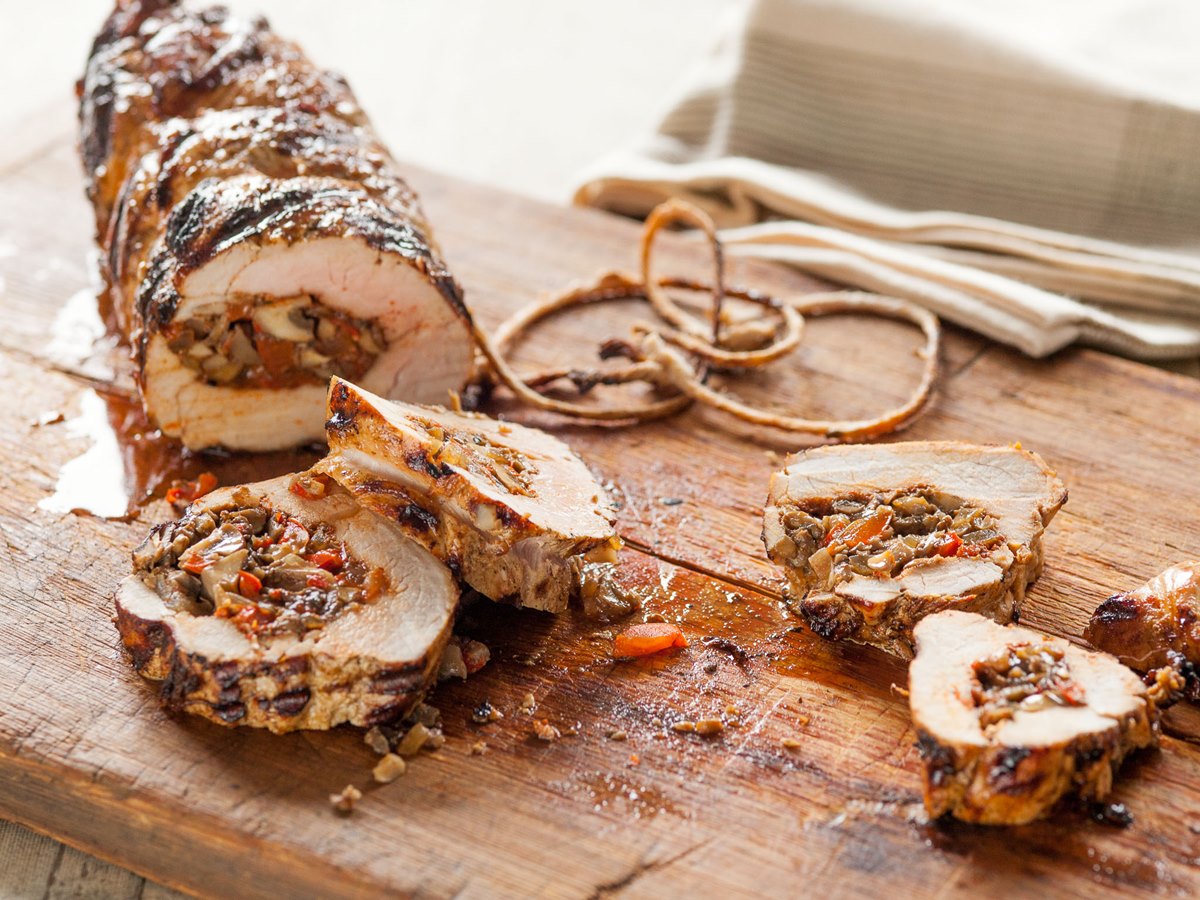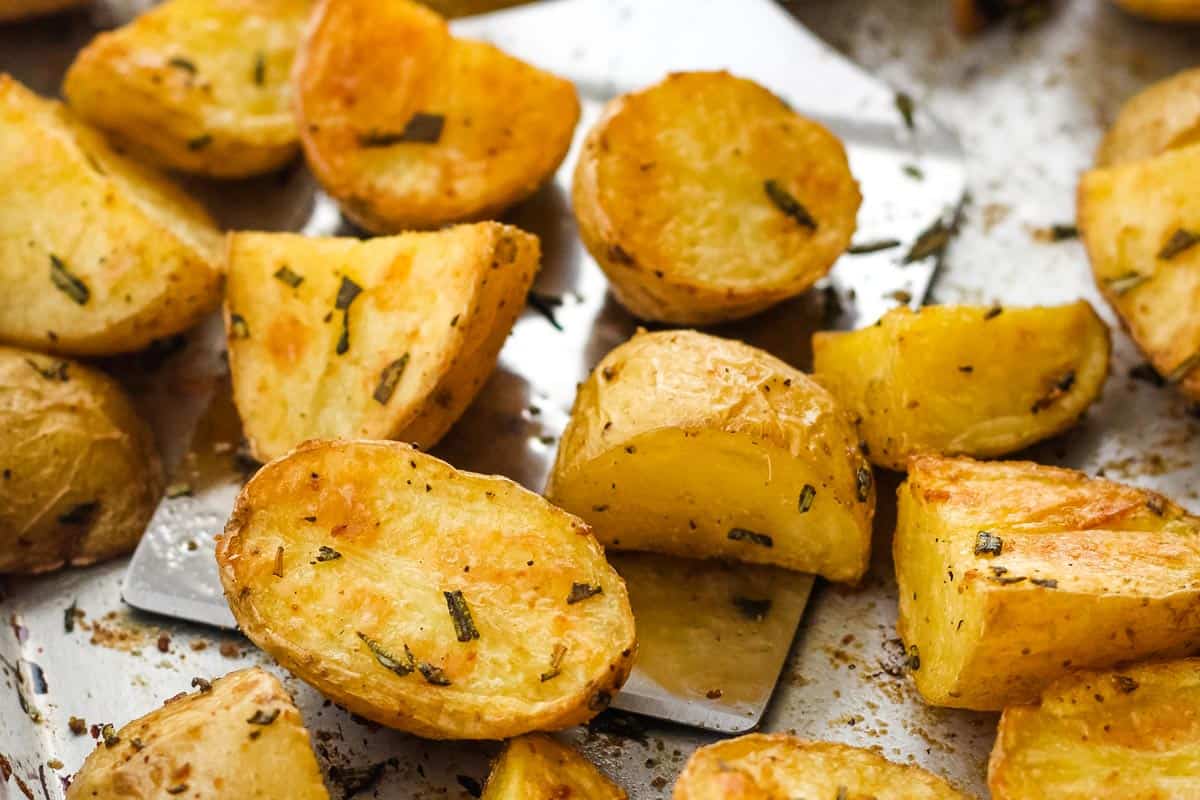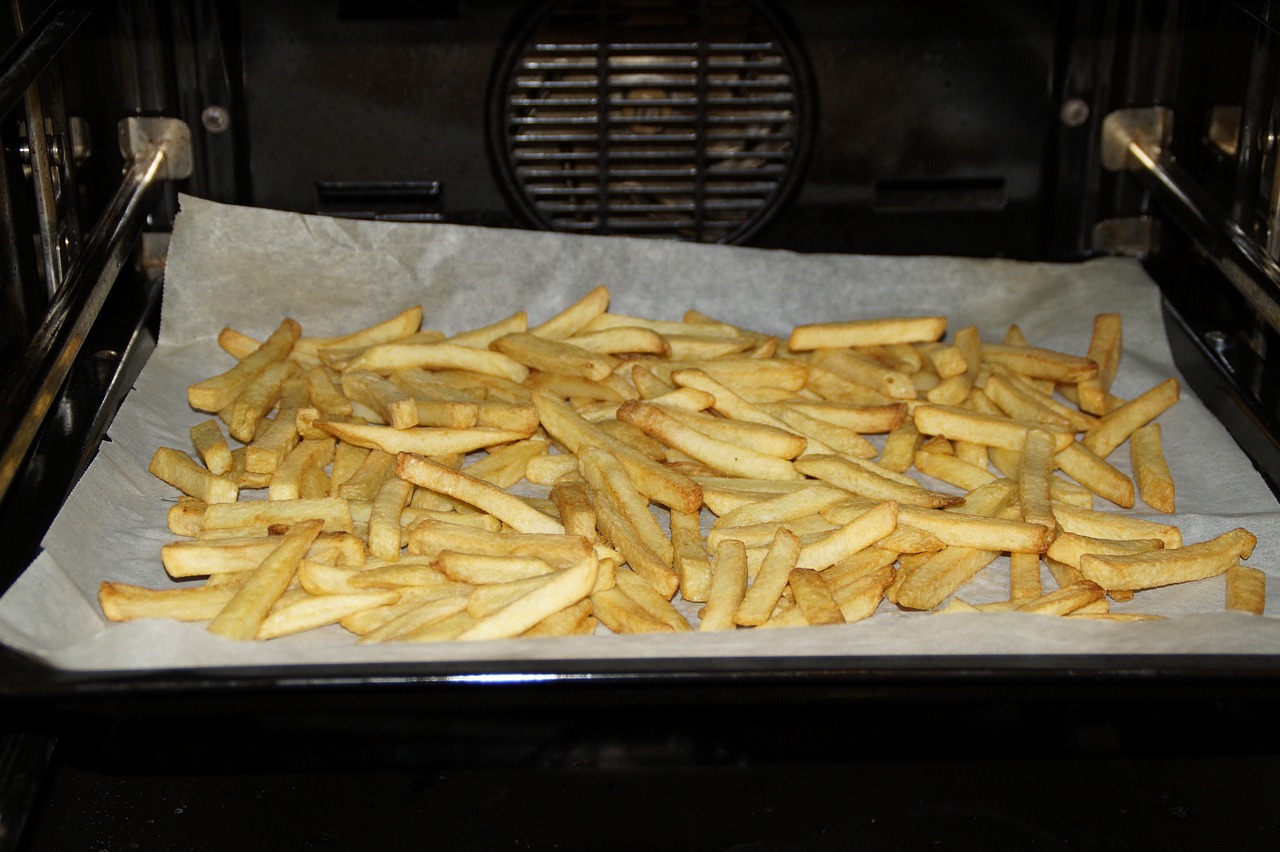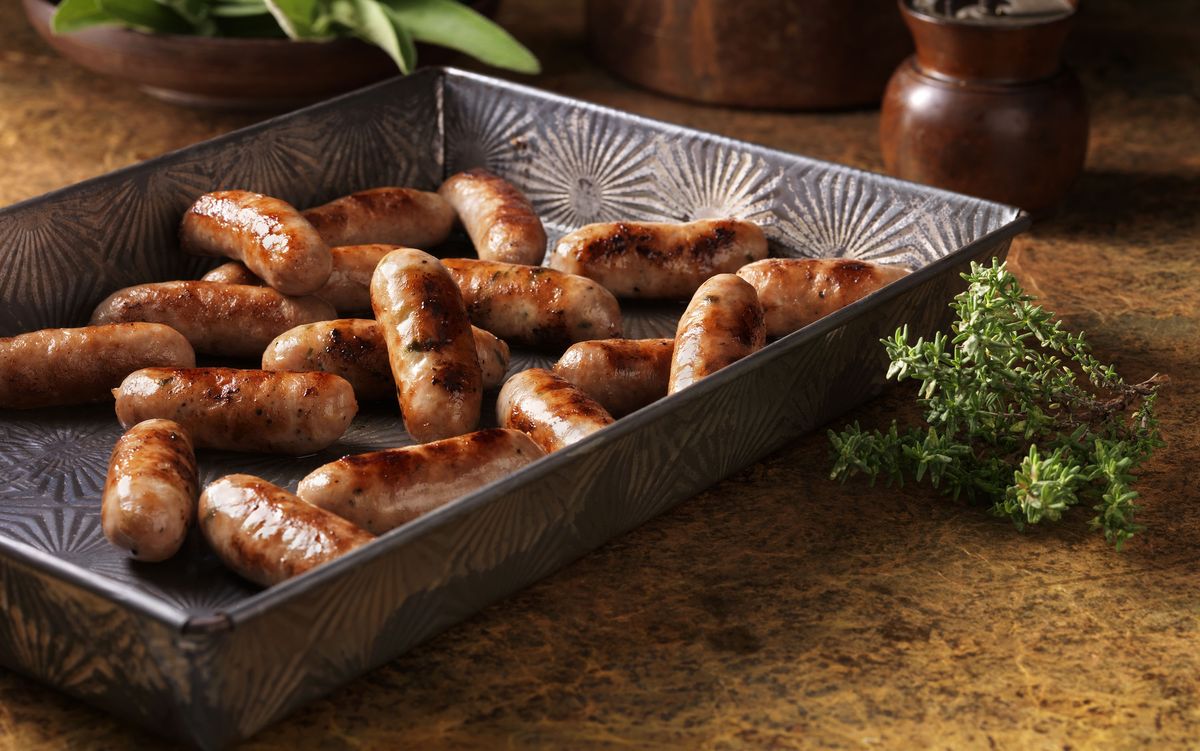Discover the Delights of Cooking with Textured Vegetable Protein
If you’re looking for a versatile and nutritious substitute for meat in your recipes, look no further than textured vegetable protein (TVP). This plant-based ingredient is a popular choice among vegetarians, vegans, and those looking to reduce their meat consumption. Not only does TVP have a great taste and texture, but it’s also easy to cook with and packed with protein.
Here’s a step-by-step guide on how to cook textured vegetable protein to perfection:
1. Rehydrating TVP
Before you can start cooking with TVP, you need to rehydrate it. Begin by measuring out the desired amount of TVP. For every 1 cup of TVP, add 1 cup of boiling water or vegetable broth. Stir well and let it sit for about 5-10 minutes until the TVP absorbs the liquid and becomes tender. Once rehydrated, drain any excess liquid if necessary.
2. Seasoning TVP
One of the great things about TVP is its ability to absorb flavors. To enhance the taste of your dish, add seasoning to the rehydrated TVP. You can use a variety of spices and herbs such as garlic powder, onion powder, paprika, cumin, or any other seasonings of your choice. Mix well to evenly distribute the flavors.
3. Cooking TVP
When it comes to cooking TVP, the possibilities are endless. Here are a few popular cooking methods:
- Sautéing: Heat a tablespoon of oil in a skillet over medium heat. Add the seasoned TVP and cook for 5-7 minutes, stirring occasionally, until it is golden brown and crispy.
- Stir-frying: Heat a wok or skillet with a drizzle of oil over high heat. Add the seasoned TVP and stir-fry for a few minutes until it is heated through and lightly browned.
- Simmering: Add the seasoned TVP to your favorite sauce or stew and let it simmer for about 15-20 minutes, allowing the flavors to meld together.
4. Incorporating TVP into your dishes
Now that your TVP is perfectly cooked, it’s time to incorporate it into your favorite dishes. TVP works well as a meat substitute in recipes such as chili, tacos, meatballs, burgers, or even as a topping for pizza. Get creative and experiment with different recipes to find your favorite way to enjoy TVP!
5. Storing leftover TVP
If you have any leftover cooked TVP, store it in an airtight container in the refrigerator for up to 3-4 days. You can also freeze cooked TVP for longer storage. Just make sure to thaw it before using it in your recipes.
There you have it – a simple guide on how to cook textured vegetable protein. With its versatility, taste, and high protein content, TVP is a fantastic addition to any plant-based diet. Say goodbye to bland meals and hello to delicious and nutritious dishes with TVP!
More Delicious TVP Recipes to Try
After mastering the basics of cooking textured vegetable protein, take your culinary skills further by exploring a variety of delicious, plant-based recipes. From hearty main dishes to light and refreshing wraps, there's a TVP recipe for every occasion. We highly recommend trying the Vegan Chili with Textured Vegetable Protein for a cozy, comforting meal, or the TVP Taco Filling for a fun, family-friendly dinner. For those who enjoy experimenting with global flavors, the TVP Thai Lettuce Wraps and TVP Korean Bibimbap Bowl offer a delightful taste of Asian cuisine. Each recipe provides a fantastic way to utilize your newfound skills in the kitchen, ensuring nutritious and flavorful meals.
Was this page helpful?
Read Next: How To Cook Frozen Gyro Meat
